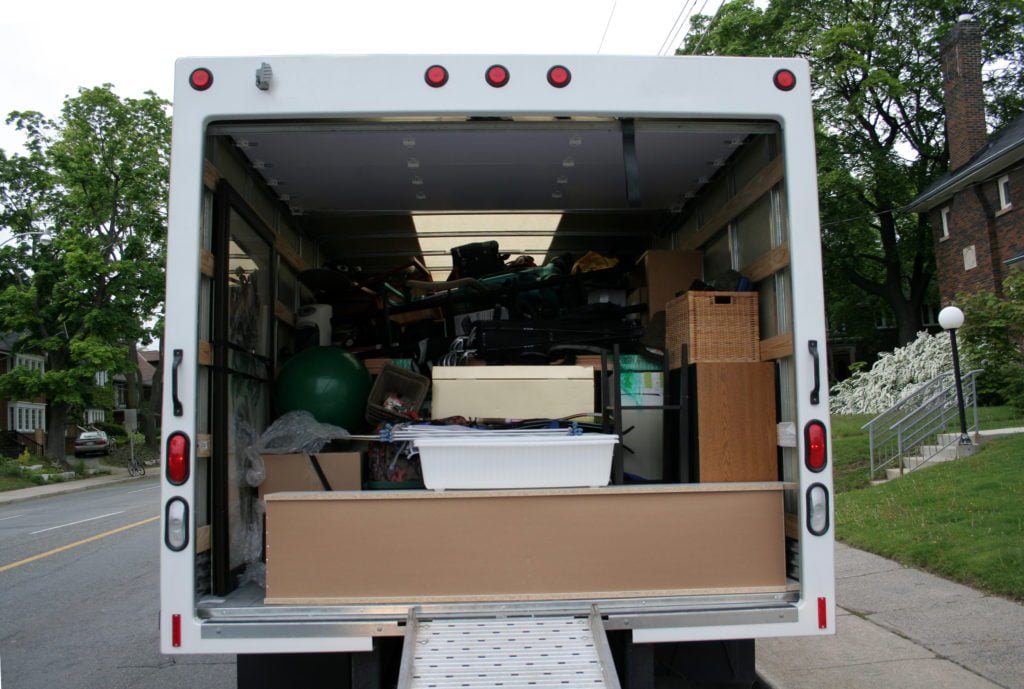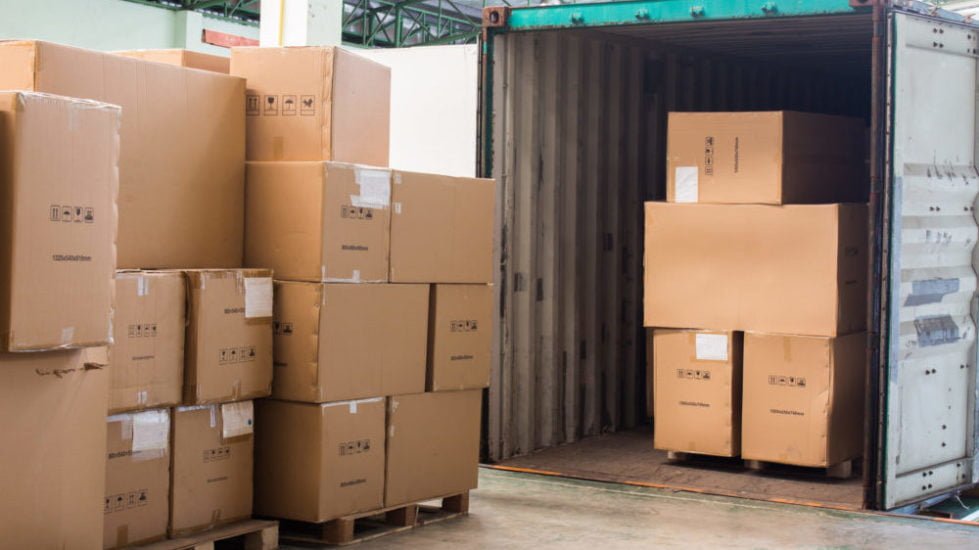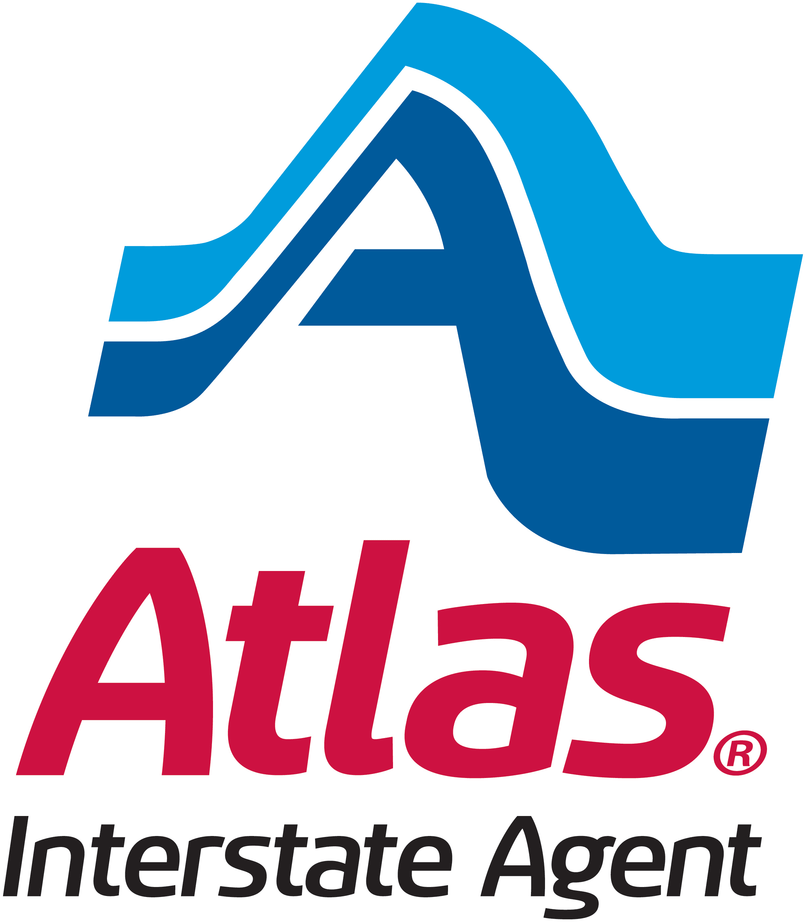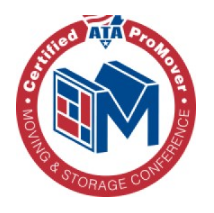Smart Moving Options: Different Ways to Move

Types of Moves: Local vs. Long Distance
Thinking about where to move in 2022? Don’t start planning your residential move yet. First, understand what type of move you’ll need to organize and what your moving options are. Local or long-distance household moving: each type of move requires a different mindset and budget.

If you’re wondering how to find the best moving company for your needs, look no further. Let’s start with some basic definitions. A local move is usually defined as a move within one state to a nearby area, usually 40 miles or less. A long-distance move is one that is greater than 40 miles and may be within the same state (called an intrastate move) or out of state (an interstate move).
Any move that crosses state lines is more complicated. These moves require licensing through the Federal Motor Carriers Safety Administration (FMCSA).
Moving Options: DIY, Hybrid, and Full-Service
Ok, you know what type of move you need. Now you’re ready to look at your moving options. The three most popular moving options include a Do-It-Yourself (DIY) move, a hybrid move, and a full-service move.
Each type of move has pros and cons. Choosing the right one for you will depend on your budget and the level of support that you need. To find the best option for you, understand the pros and cons of each. Then, learn the smart tips to make that a great moving option.
DIY Moves: Cheapest and Most Independent
A DIY move is one where you are responsible for every aspect of the move. You will need to pack, load, transport, and unload your goods from point of origin to destination. In addition, you will be responsible for renting and driving the rental truck.
Pluses and Minuses of a DIY Move
The best part of a DIY move is the cost. It is by far the cheapest way to move. The main costs associated with a DIY move are the price to rent the truck and to purchase additional vehicle insurance. With a DIY move, you are in complete control. It’s often fairly easy to book a moving truck according to your time table.
The negatives are stated right there in the name: DIY. For this type of move, you are doing everything yourself. The packing. The loading. The driving. The unloading. It’s a lot to do on your own, especially if you have a large shipment or if you’re moving a far distance.
Extra challenges arise if you have to move heavy, bulky items. Or, if you need to move to or from a high rise building with lots of stairs. Finally, driving a moving truck yourself may be an extra challenge if you’re not used to driving a large vehicle
Smart Tips for a DIY move
We have a few suggestions for you if you’ll be moving yourself. First, understand the basics about moving truck rental. Next, make sure that you understand some packing basics, like how to arrange your shipment in the truck. Also, research moving heavy furniture. Don’t forget that you’ll need to know how to pack fragile items, like glassware and antiques.
From your research, you’ll know how to purchase the right moving supplies. In addition, you’ll learn how many people you’ll likely need to enlist to help you load and unload your shipment onto the truck.
Pros and Cons of a Hybrid Move
A hybrid move works best for those with a smaller budget who would like some help with the heavy lifting. With a hybrid move, you will rent a container-either a large box or an empty trailer. A moving company will deliver the container to your address. You will be responsible for packing and loading all of the items inside. Then, the company will pick up the container and deliver it to the new address. Upon arrival, you will be responsible for loading and unpacking all items.
If you need some flexibility with your move, this might be a great option for you. Scheduling a hybrid move is usually pretty straightforward. Container drop off and pick up has a pretty quick turn-around time. Also, this type of move is great if you will need some storage space immediately before or after your move.
Tips for a Smart Hybrid Move
First, check about the possibility of installing loading straps into your container. This will help you secure heavy items (like furniture) for transport.
Second, have a packing plan. Arrange heaviest items on the bottom of the container. Insulate furniture and mirrors with moving blankets and bubble wrap. Next, seek out the right type of packing materials for delicate items, like glassware. Try to avoid having much empty space in your container as items may shift during transport.
Pluses and Minuses of a Full-Service Move
A full-service move is the most expensive moving option. However, it’s also the easiest and the most stress-free. With a full-service option, you hire a moving company to load, transport, and unload your entire shipment. In addition, you can also hire extra support, like furniture moving services. So, why hire movers?
First, you might want to understand how do moving companies work. Basically, a full-service mover can handle every single aspect of your move. From furniture assembly to trash removal, full-service movers can do it all. For example, will moving companies pack for you? Yes, and it’s money well spent. Simply search packers and movers near me, and you’ll be presented with a list of companies that offer these very services.
Yes, you will pay for these services. But, if you hire a professional moving company, you’ll save yourself the time and effort that comes with a DIY or hybrid move. Also, consider the distance of your move. If you’re looking for the best way to move across country, full-service home movers will probably be your best bet.
Tips for a Smart Full-Service Move
Since full-service moves can be costly, do your research. Any move requires some financial planning. Know that a long-distance move will be expensive. If you’re wondering how much will your interstate move cost, read up on the cheapest way to move cross country.
Compare companies based on price, services, and reviews.
Next, prepare specific questions about availability, services, and timeline. Call each company on your list and speak with a customer representative. When hiring movers, always ask for a free quote first. Beware any company that gives you a quote without seeing your space, either in person or virtually. Cargo size and weight needs to be estimated in order to provide a fair quote.
Finally, if you’re planning a move that will cross state lines, check that your company is qualified for interstate travel. Search the Federal Motor Carrier Safety Administration (FMCSA) website. All interstate movers must have their vehicles registered with this organization. You can search their website by company to determine their safety and performance record.
A Smart Move Starts with the Right Moving Company
No matter what type of move you’re planning, you have options. DIY, hybrid, or full-service moves all come with particular challenges. To move smart, first know your budget. Then, know the time and effort that you are willing to put into your move. Do your research, and call your suppliers. Being prepared and planning ahead are the two smartest strategies to conquer any move.
Related Articles
How Much Does a Cross-Country Move Cost?

Moving across the country is a major life decision that comes with a mix of excitement and apprehension. One of the most pressing concerns for many individuals and families is the cost associated with such a significant relocation. From the distance traveled and the size of your home to the moving method you choose and […]
Read MoreAverage Cost of Movers: Local vs. Long-Distance Moving Expenses

Moving to a new home is an exciting adventure, but it can also be a daunting task, especially when it comes to budgeting for the expenses. One of the most significant costs associated with moving is hiring a professional moving company. The average cost of a moving company can vary greatly depending on several factors, […]
Read More




